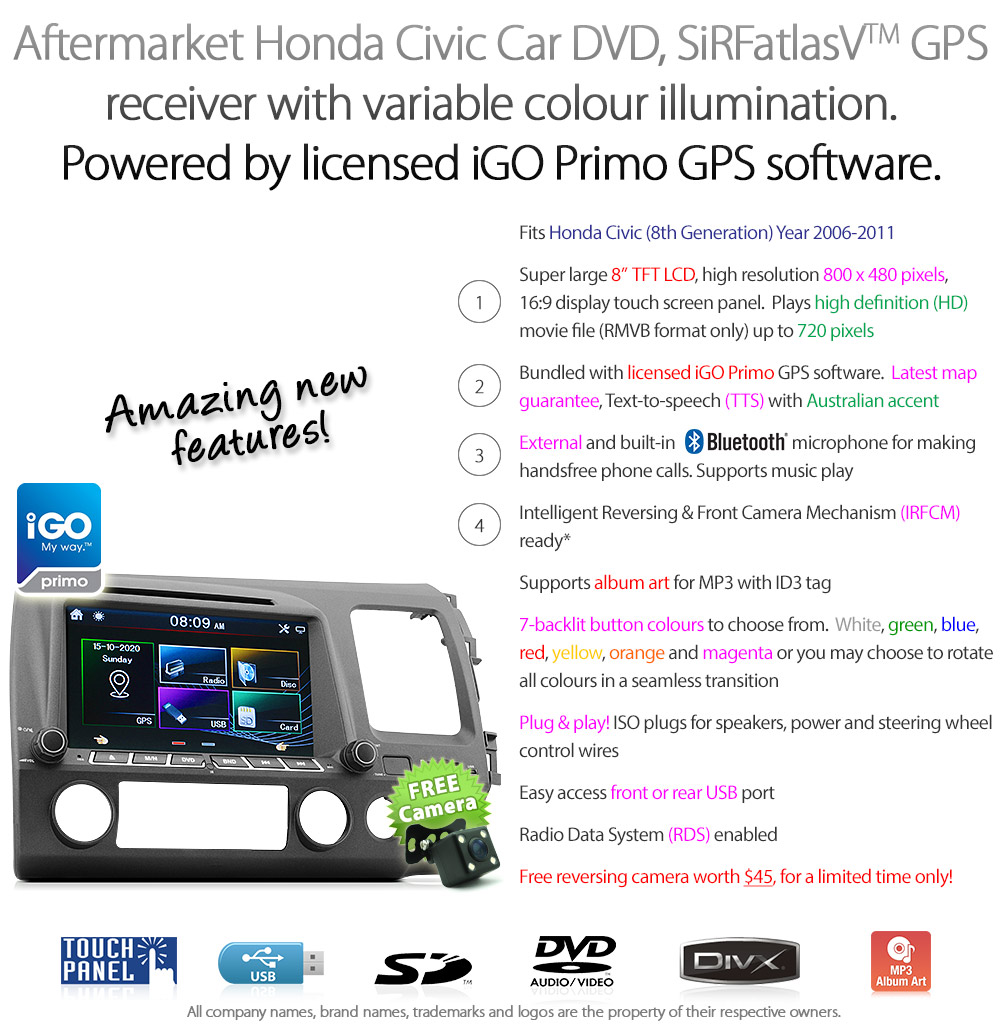
#NAVIEXTRAS MAP TORRENT UPDATE#
You can make a backup of your chip, update map files, add your own POIs in. The software’s looking for a file written on the chip which identifies the GPS to the map software. Plug the microSD chip into the thingie, the thingie into the laptop – finally, device recognized.

My laptop can’t read this chip with the built-in chip reader, so off I go to Target and come back with a nifty $11 microSD to regular SD chip conversion thingie, sold as an accessory for a 16 GB microSD chip (the chip that I pulled out of the head unit was 4 GB). Sure enough, there’s a little door bottom left on the radio face, and behind it there’s what looks like a headphone jack (it isn’t, that’s an audio in port for iPhones) and a tiny, tiny chip called a microSD chip. I sent a message to the help link on the website, and they said the NX501 should have a memory chip – look around for one.
#NAVIEXTRAS MAP TORRENT SOFTWARE#
Same with a USB cable – the software on my laptop still said “no device recognized”. the head unit could read the USB stick (which means it could play any music I had on the stick), but still no map transfer. My unit had a USB port on a dongle in the glovebox, so I tried a USB memory stick there.
#NAVIEXTRAS MAP TORRENT HOW TO#
Now I had to figure out how to connect the head unit to my laptop to transfer the maps. Shown on the startup screen every time it boots up is the website you need to go to in order to get new maps – – so I went there, created an account, downloaded the software to my laptop, and started looking around, Sure enough, there were plenty of new maps I could download for free. We plunked it into my prototype Adventurous CS back during the summer of 2014 when we were building it and it has been working great ever since. I have a Clarion NX501 with many bells and whistles – Bluetooth, satellite radio, backup camera, etc. Here’s Western Europe for sale – well, the map of it, anyway.

it depends on how the data is stored in your GPS. The way this is done depends on the model – there can be a memory chip like a camera, or a USB port, which can take either a USB memory chip or a USB cable connected to your computer/phone.

The process is basically downloading the new maps onto your laptop or smartphone and transferring the datafile from there to the GPS head unit – the thing in your dash. My old Pioneer charged for maps, and I ended up never updating it. As part of the purchase price, most companies offer free upgrades on their website. Maps are just datafiles the GPS companies keep updating as roads and points of interest change. Having to get online and looking at Google Maps for up-to-date information every time we got to a town and were looking for a place to spend the night was an extra step that involved cooperation and communication with the non-driver, who was also getting irritated with the extra workload. Updating my maps is a project I’ve been meaning to get around to for quite some time, and I finally got irritated with driving past brand new roads that my old maps swore weren’t there and going to closed and out of business stores that it swore were open.


 0 kommentar(er)
0 kommentar(er)
